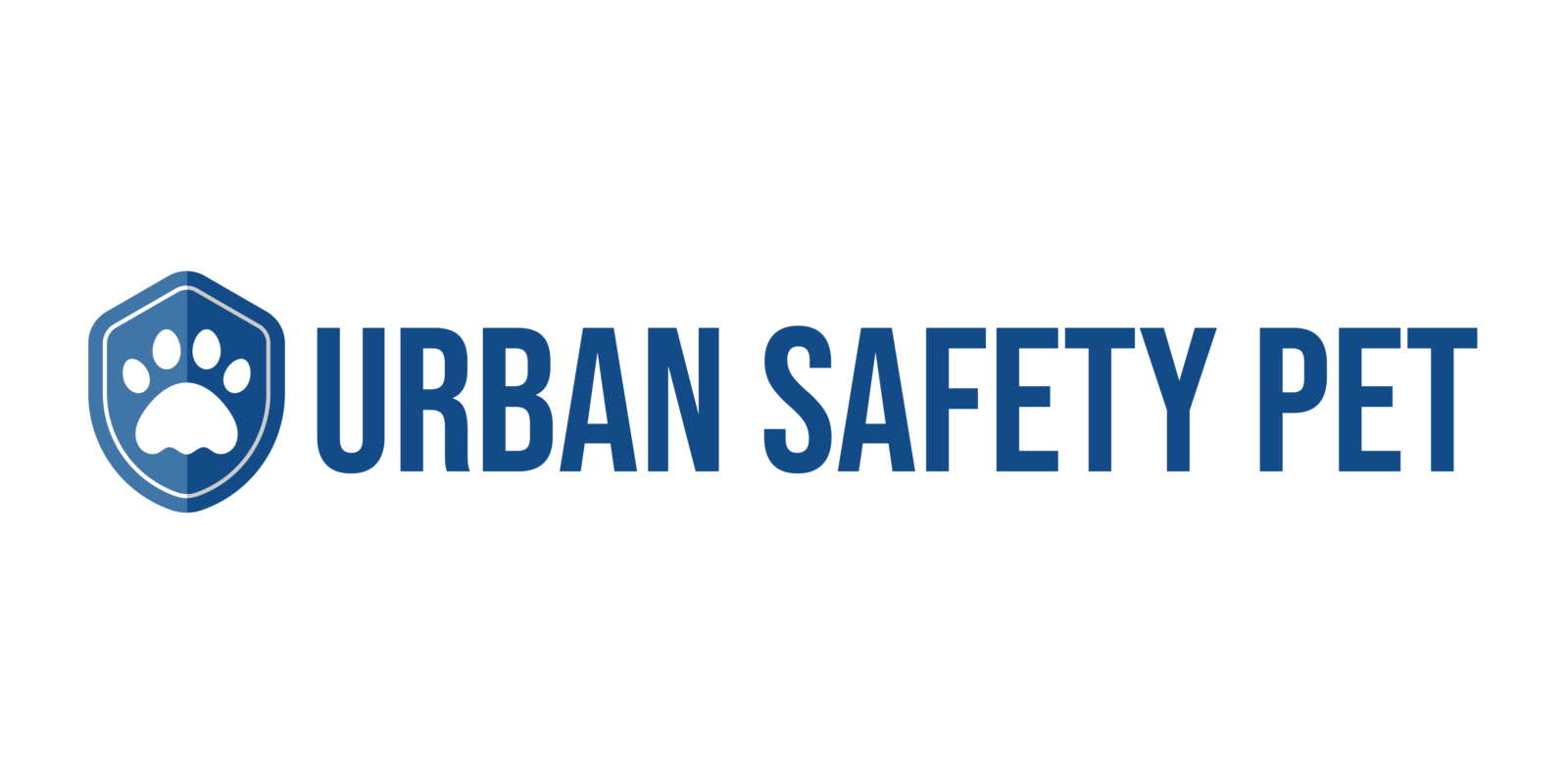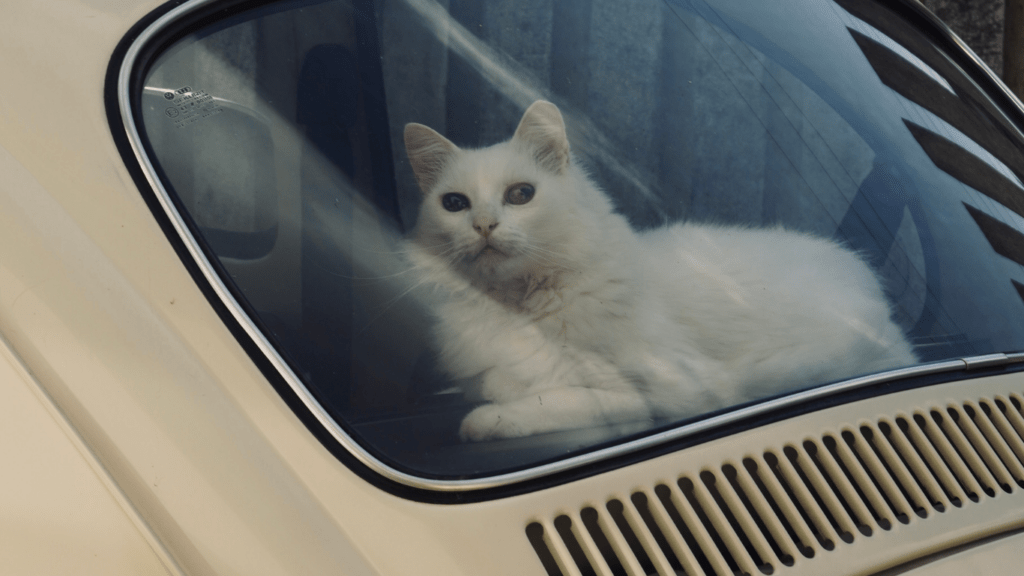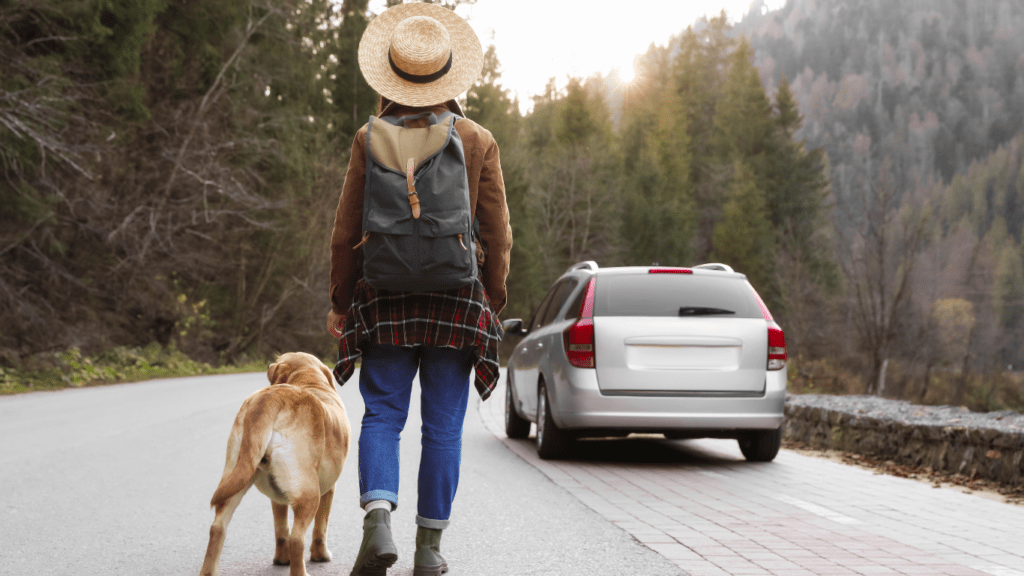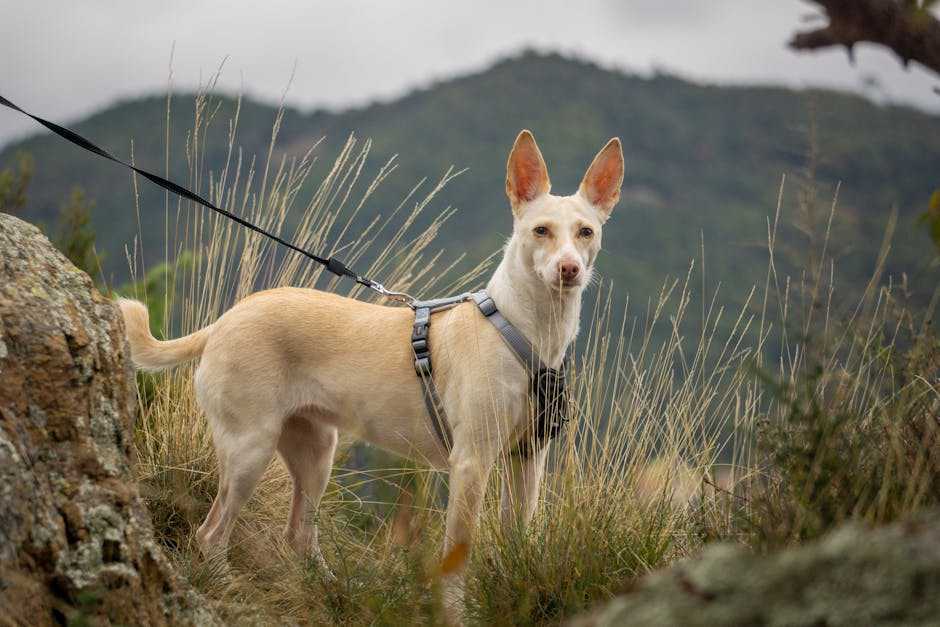Understanding the Importance of Pet Car Safety
Securing pets in a car is vital for several reasons. Proper restraints protect pets during sudden stops and accidents. Unrestrained pets can become projectiles, causing injuries to themselves and passengers. For example, an unrestrained dog in a car crash at 30 mph can exert up to 2,700 pounds of force.
Laws in many states require pet restraints in vehicles. Fines for non-compliance range from $50 to $1,000, depending on the state and severity. Understanding these laws helps avoid penalties and ensures you follow best practices in pet travel safety.
Stress reduction is another key consideration. Pets restrained in a harness or carrier are less likely to experience anxiety. For instance, cats secured in carriers often feel safer than those left loose in the car. Reduced stress translates to a calmer, more pleasant journey.
Proper restraints also prevent driver distractions. Unrestrained pets can move around the car, interfering with the driver’s ability to focus. Keeping pets secured minimizes these distractions, enhancing overall road safety.
Veterinary professionals recommend specific restraint types based on pet size and behavior. Small pets often require hard-sided carriers, while larger dogs benefit from harnesses. Consult a vet if uncertain about the best solution for your pet’s safety.
Choosing the Right Car Restraint for Your Pet
Selecting a car restraint for your pet safeguards them during travel. Options include pet seat belts, carriers, car seats, and barriers, each suitable for different needs.
- Pet Seat Belts
Pet seat belts secure directly to a car’s seat belt system. These belts keep pets in place, restricting movement during sudden stops. They work best for medium to large dogs, providing comfort and reducing distractions.
- Pet Carriers and Crates
Carriers and crates offer a confined space for pets. They are ideal for small dogs and cats, providing safety and security. Ensure the carrier fits properly in the car, and secure it to prevent movement. Favor models with ventilation and soft padding.
- Pet Car Seats
Pet car seats elevate small dogs, offering a better view and comfort. These seats often include built-in harnesses, ensuring pets stay secure. They reduce anxiety by allowing pets to stay close while maintaining safety.
- Pet Barriers
Pet barriers provide an effective solution for larger dogs. These barriers prevent pets from moving between the trunk and passenger areas. They are particularly useful for SUVs and wagons, creating a designated space for pets in the back. Install barriers securely to avoid shifting during travel.
Training Your Pet for Car Rides

Training pets for car rides enhances their comfort and safety. Proper training helps pets feel secure and reduces the risk of distractions.
Acclimating Your Pet to the Restraint
Introduce the restraint before the car ride, using it around the house for short periods. Let pets sniff and explore the restraint to build familiarity. Gradually increase the time spent in the restraint, rewarding calm behavior. Use positive reinforcement during these sessions to create a positive association.
Reward-Based Training
Rewards motivate pets to accept and enjoy car rides. Use treats, praise, or favorite toys as rewards for calm behavior in the car and with the restraint. Start with short trips, gradually increasing duration. Consistently reward good behavior to reinforce positive experiences. If a pet shows signs of anxiety, simplify the process by shortening trips and increasing rewards.
Best Practices for Pet Car Safety
Ensuring pets are safe during car rides involves more than just using restraints. It’s important to follow best practices to maximize their safety and comfort.
Positioning the Restraint
Securing the pet restraint correctly is crucial for both safety and comfort. Always anchor the restraint to the car seatbelt system, ensuring it’s snug but not overly tight. For smaller pets like cats or small dogs, use booster seats equipped with safety attachments. Place these seats in the back seat to avoid airbag deployment injuries. Larger dogs benefit from harnesses attached to the seatbelt to prevent roaming or sudden movements.
Regular Maintenance and Checks
Regularly inspect all pet restraints and associated equipment. Look for wear and tear on harnesses and booster seats. Replace any frayed or damaged parts immediately. Ensure clasps and buckles are functioning properly. Cleaning the restraint system periodically prevents dirt buildup, which can compromise the material’s integrity. Keep a maintenance schedule to remind yourself of these checks.
Avoiding Common Mistakes
Avoid common pitfalls to ensure maximum safety. Don’t allow pets to roam freely in the vehicle; unrestrained pets pose a significant risk in accidents. Never attach a restraint to a pet’s collar; use a well-fitted harness to prevent neck injuries. Ensure the restraint system is suited to your pet’s size and weight to prevent breakage or discomfort. Lastly, avoid placing pets in the front seat, as airbag deployment can cause severe harm.
Following these best practices ensures pet safety during car rides, making the journey enjoyable for both pets and owners.
Benefits of Securing Your Pet Properly
Using proper restraints provides numerous advantages. It ensures safety for both pets and drivers, creating a more secure driving environment.
Safety for Your Pet
Proper restraints protect pets during sudden stops or accidents. Dogs and cats, for instance, can become projectiles in crashes if unrestrained. Using approved restraints, such as:
- harnesses
- carriers
reduces this risk and helps keep pets safe.
Reduced Driver Distraction
Properly securing pets minimizes distractions for drivers. Unrestrained pets can move around, bark, or seek attention, diverting the driver’s focus from the road. Restraints keep pets in place, allowing drivers to concentrate, which enhances overall road safety.
Legal and Insurance Considerations
Laws in many states mandate pet restraints in vehicles. Complying with these regulations avoids fines and potential legal issues. Some insurance policies may also require pet restraints. Failing to secure pets properly could affect claims in case of an accident.




